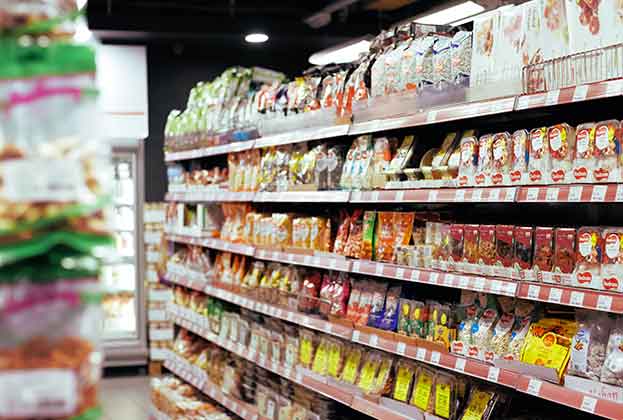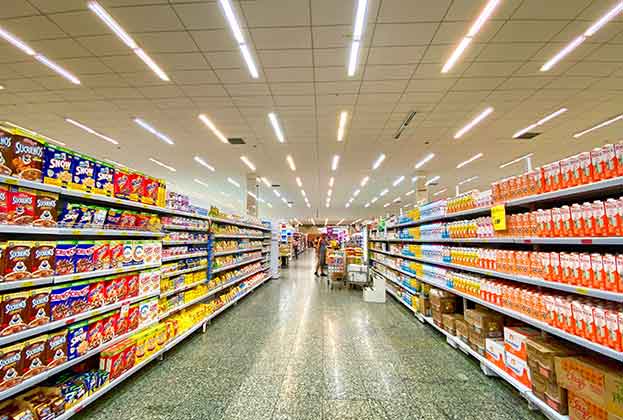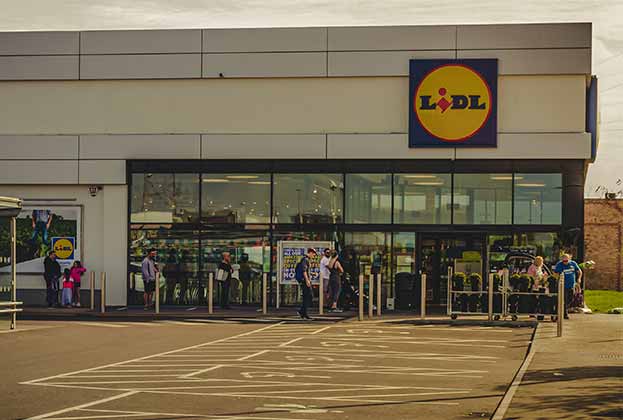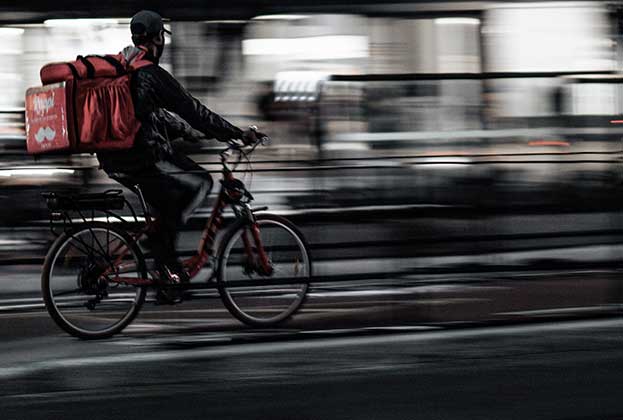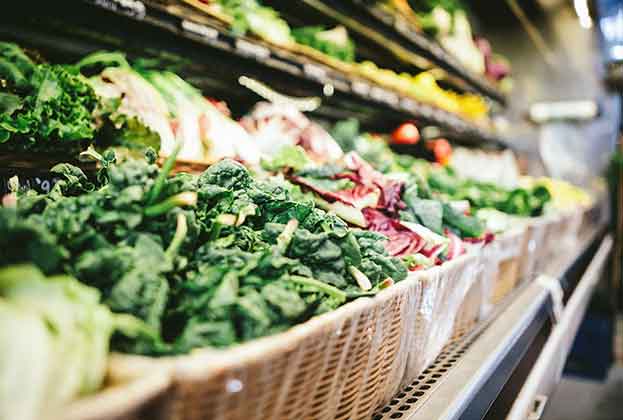Rising volume of online orders is forcing foodstore operators to rethink their property strategies and to rebalance their retail and warehousing space accordingly
The stores of the future will integrate omnichannel capabilities
Over the past 12 months, traditional brick and mortar food retailers had to deal with a rapid growth of online orders and deliveries. This has created additional space requirements for warehousing and fulfilment centres. Grocers had to ensure that they will offer efficient but also cost-effective service. Although some of these needs had to be covered by acquiring additional warehousing space, in many cases, food retailers focused on optimising their existing store capacity to create mini-logistics hubs. Investment in digitalisation and technology, rather than additional real estate, has been the key for store inventory management and optimisation.
As shopping migrates online, physical stores will need to focus on in-store experience, quality of service, convenience and trust. Location and broad store network will continue to matter, as easy access from home or well-connected routes offer the convenience that customers are seeking when they need quick service either through in-store shopping or click-and-collect. Innovation in design and fit-out, lighting and communal spaces will be required to accommodate the new trends that focus on customer experiences, such as Grocerants, food courts and in-store customer trials.
In the future, technology will allow supermarkets to create a virtual version of the centre store and free-up space that can become more attractive for customers and increase footfall. Customers will be able to shop virtually some products using digital shopping lists, while products will mostly remain in the backroom storage areas. Effective picking systems will enable the combination of multiple picking centres for a seamless fulfilment of an order, and smart tools and algorithms will support stores' forecasting and ordering decisions. All in all, the store will continue to play a significant role in the omnichannel supermarket of the future.
Solving the last-mile delivery challenge through mini-logistics hubs: dark supermarkets (CCF) and micro-fulfilment centres (CMF)
When it comes to e-commerce deliveries to the consumer, there are two key variable costs to consider: the cost to pick the order and then the cost to deliver the order. Both micro-fulfilment centres and dark supermarkets are relatively new concepts that optimise different parts of the grocery delivery supply chain.
Dark stores first appeared in the UK just over a decade ago, with the aim of gaining efficiencies and therefore reducing the cost to pick an order. A dark store is a fully automated large warehouse, located as close to population centres as possible, that fulfils online orders only. Typically speaking, dark store formats are at their most efficient when there is a high onward drop density and traditionally have been located in densely populated areas such as the South East of England.
However, dark stores are costly and time-consuming to set up, and during the pandemic, many grocers concentrated their efforts on using in-store picking as a method to increase capacity and build scale in a quicker way. Now that many grocers believe new shopping habits are entrenched, attention is likely to turn to how to gain efficiencies. According to Atrato Group 70% of costs are related to the final leg of distribution meaning that grocers are looking to gain efficiencies in their decentralised omnichannel model.
This is where micro-fulfilment centres come to the fore. Micro-fulfilments centres are smaller, being able to occupy areas from 600 or 800 sq m, up to typically 3,000 sq m, representing a major innovation process in the grocery sector due to the inclusion of automated equipment to assemble and pack orders. Many grocers are looking at the technology that would enable them to utilise space in large-format food stores; this technology will remove most of the manual picking process and then allow the final delivery to be made from store which is, by default, closer to residential areas than a dark store.
UK grocer Tesco is leading the way with this technology and has plans to roll out 25 micro-fulfilment centres within its existing supermarket estate in another blurring of the lines between retail and logistics real estate.
Read the articles within Spotlight: European Food and Groceries Sector below.
.jpg)

